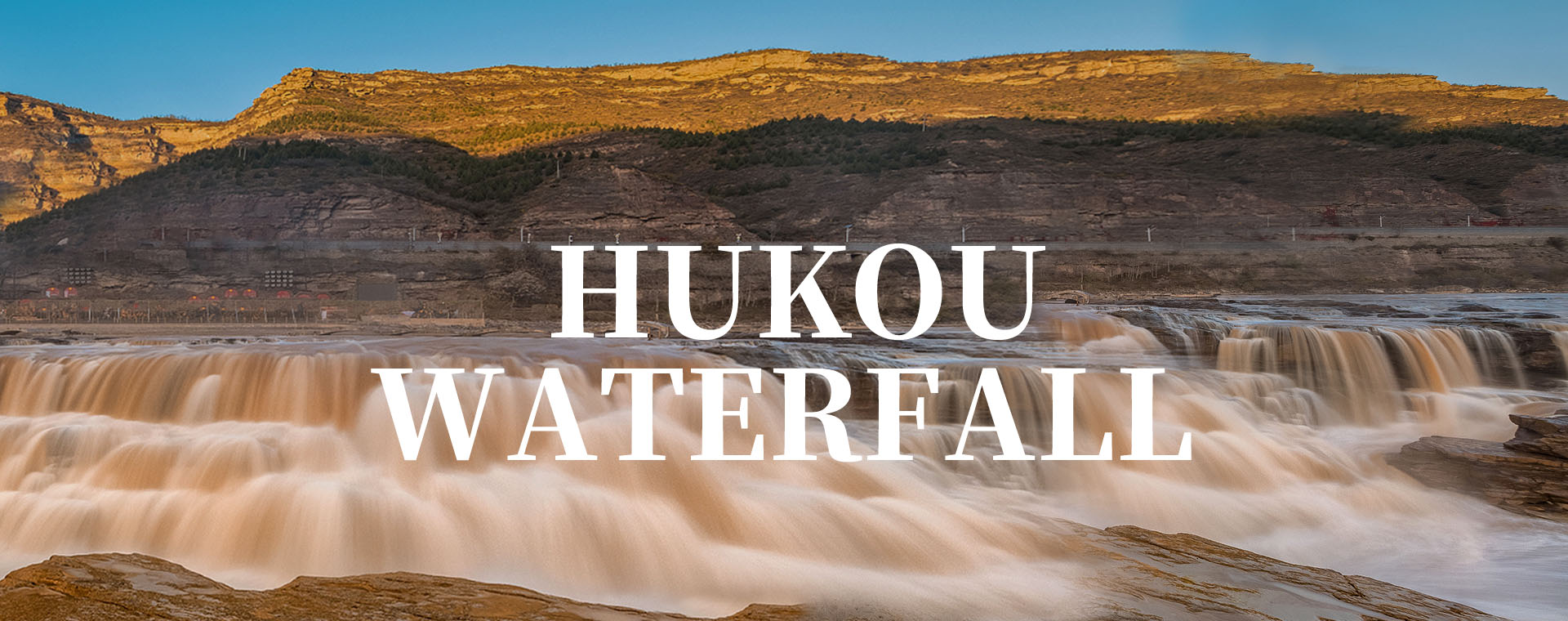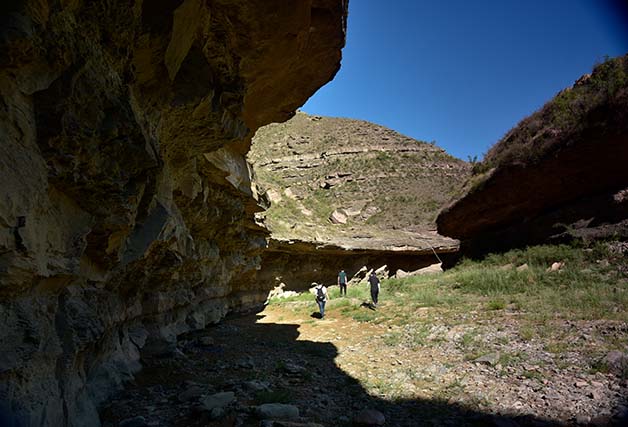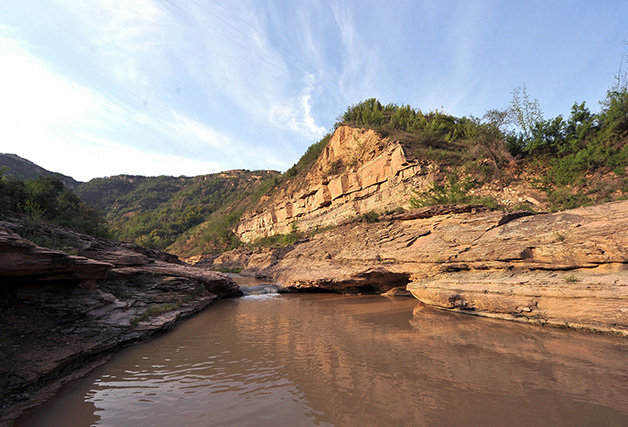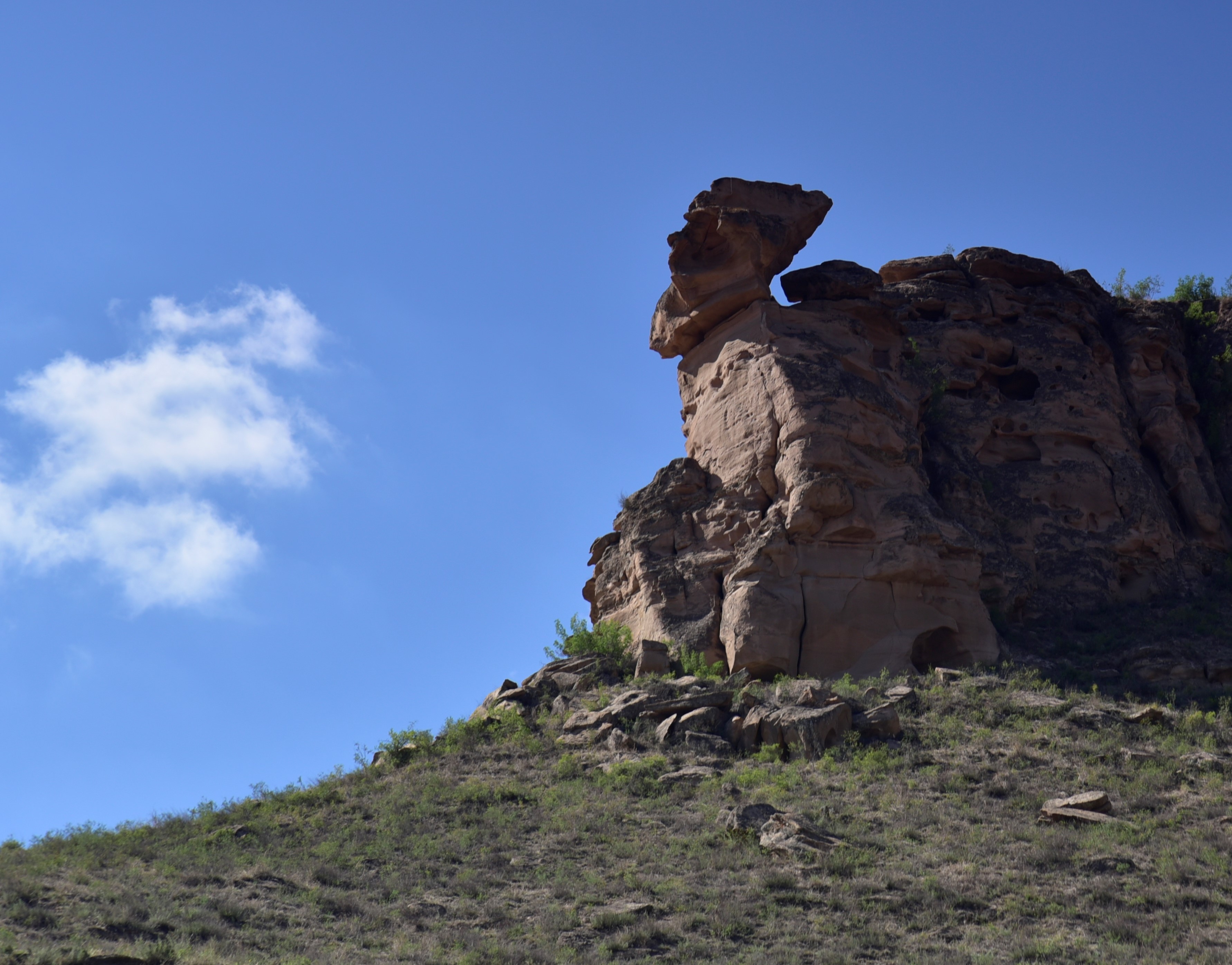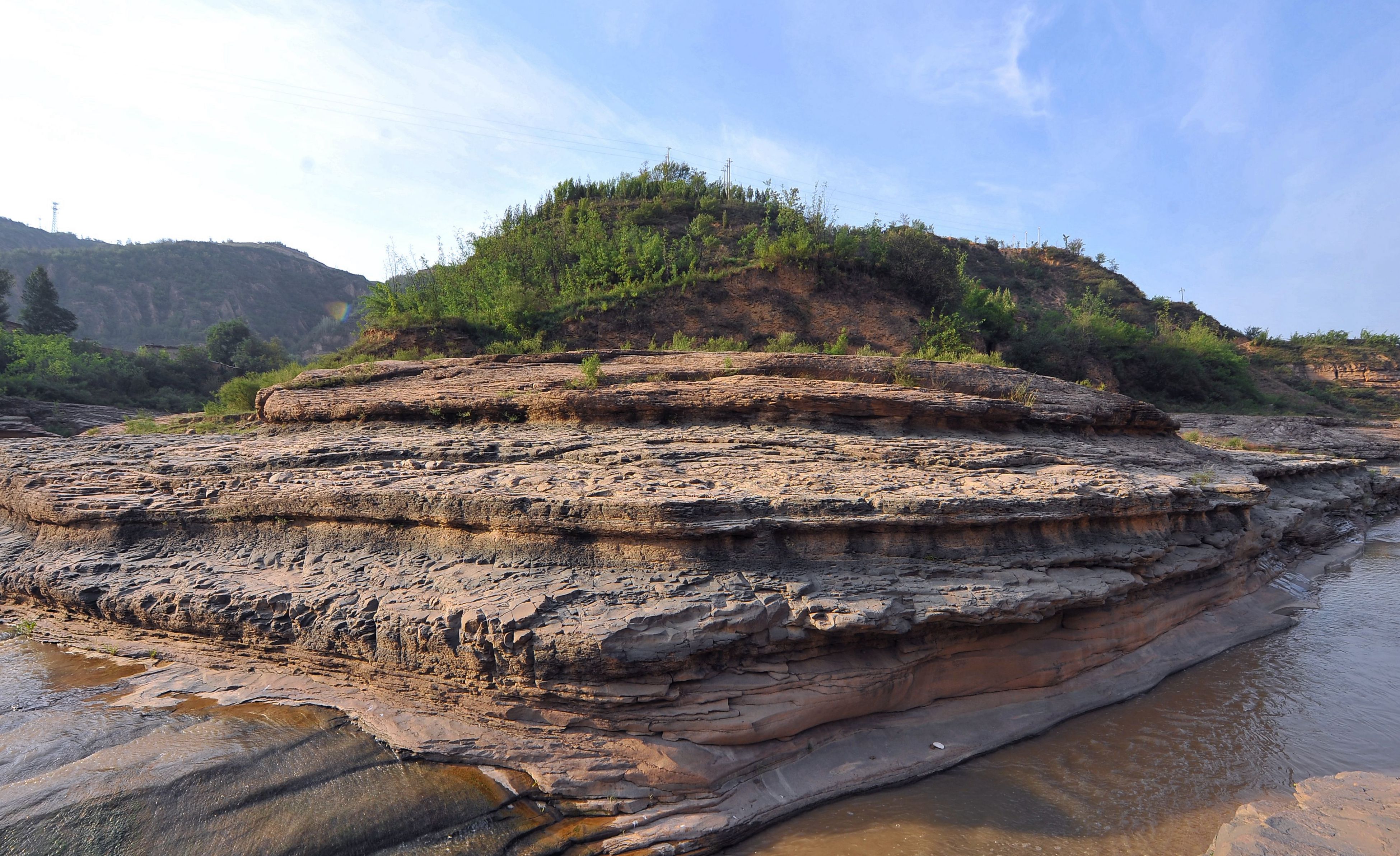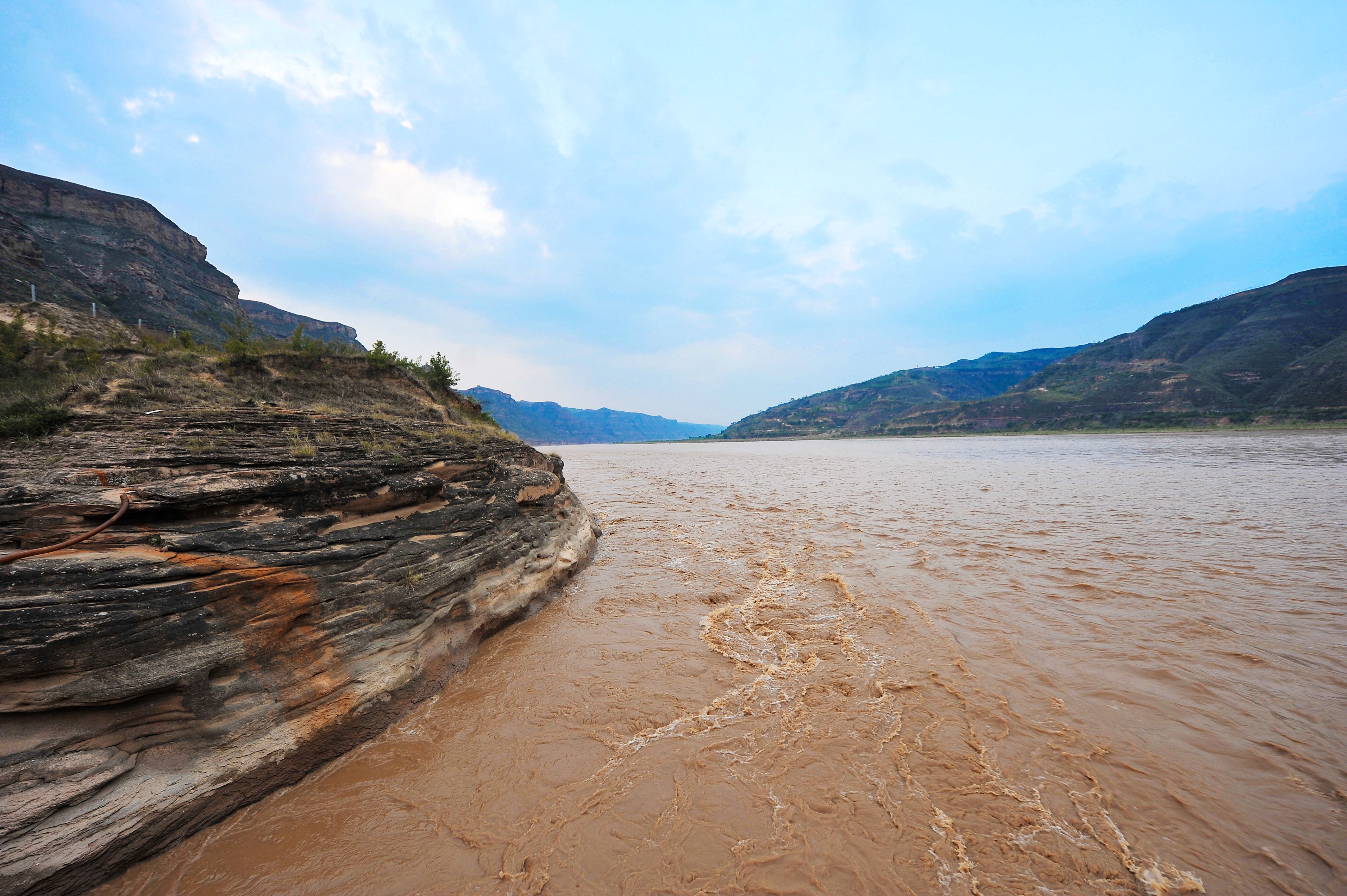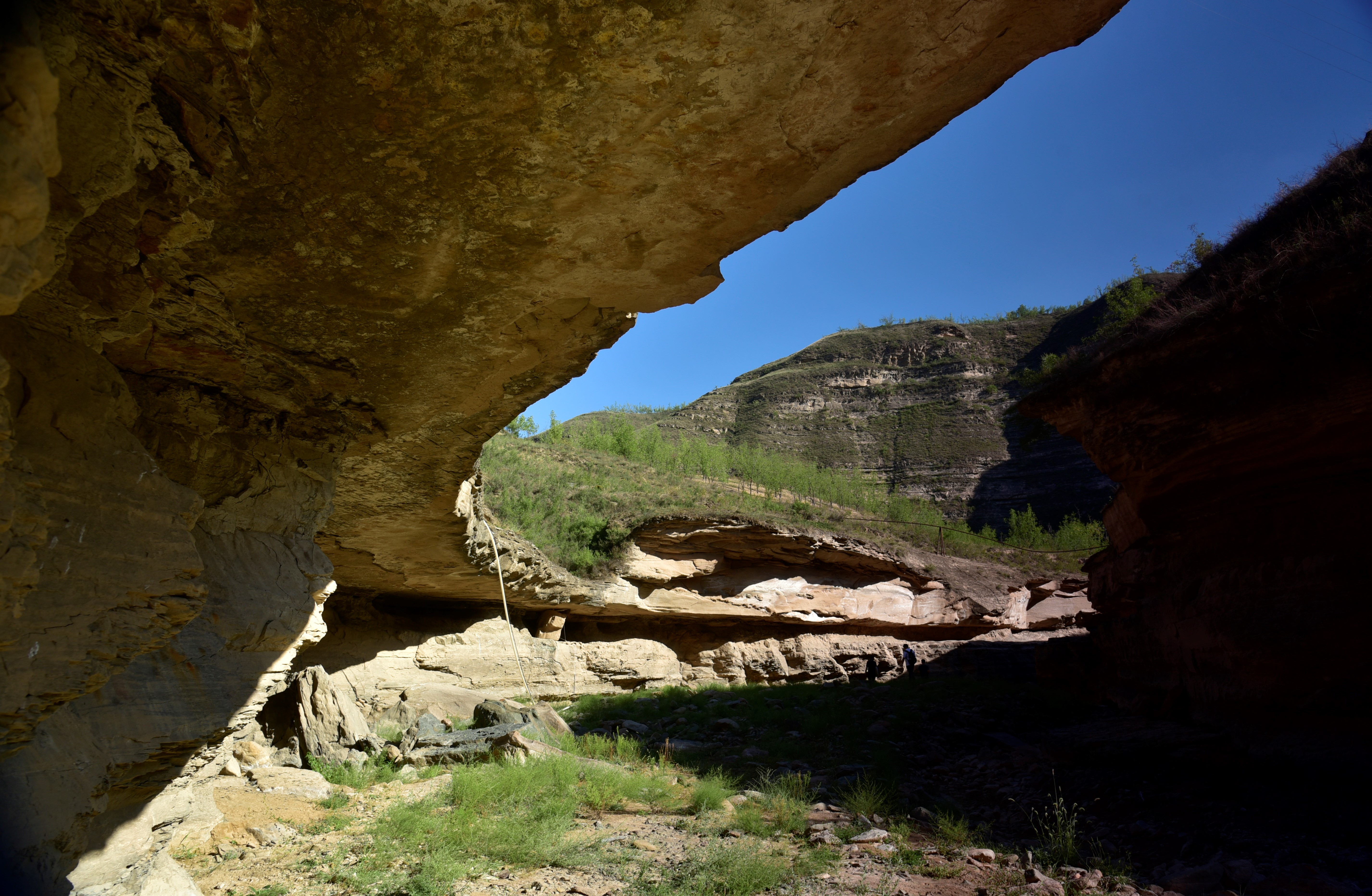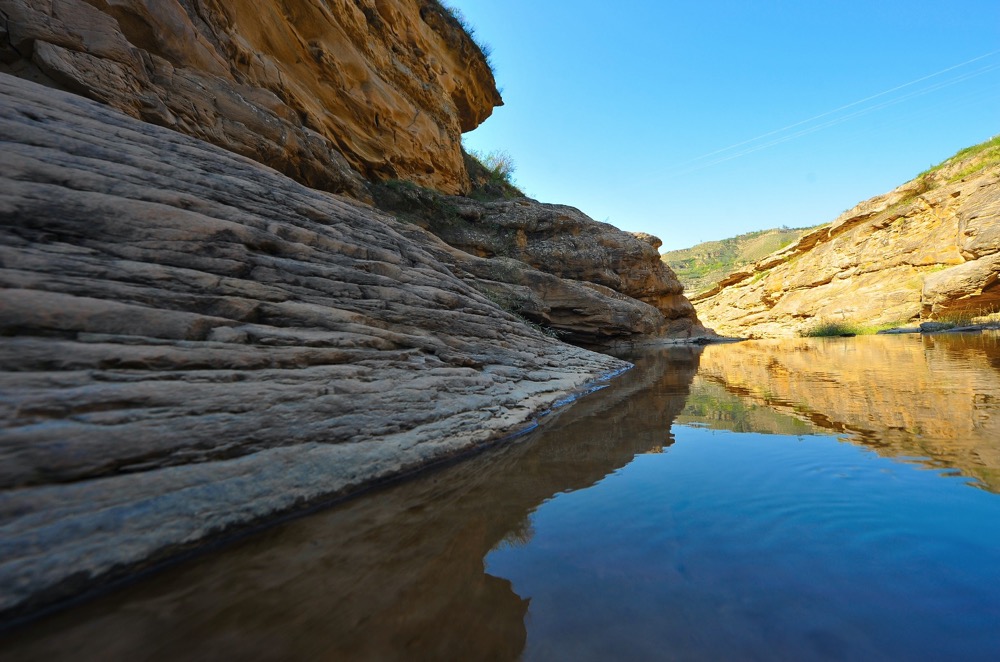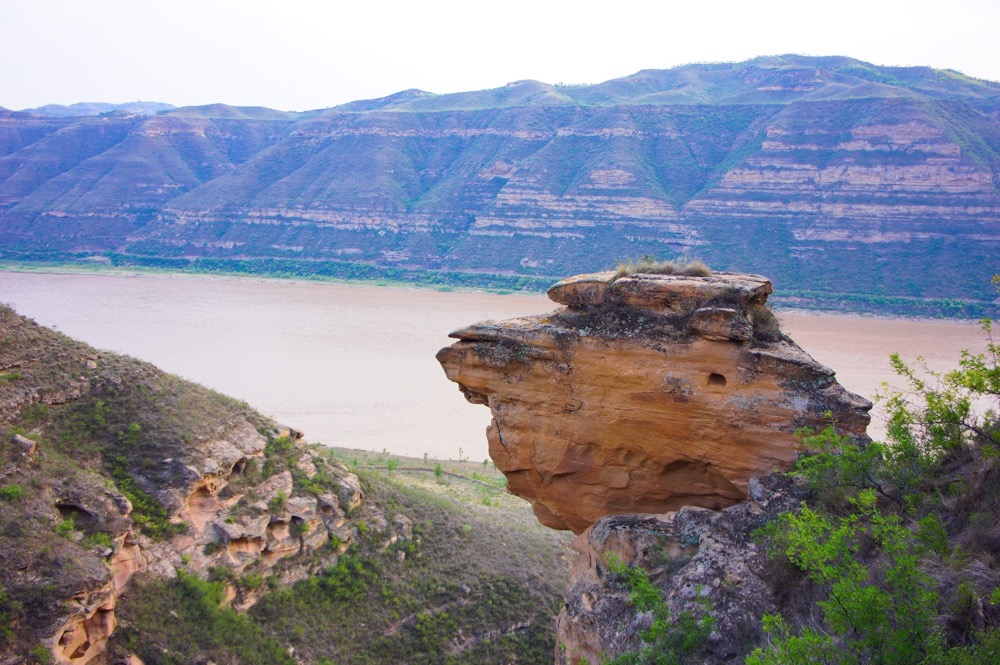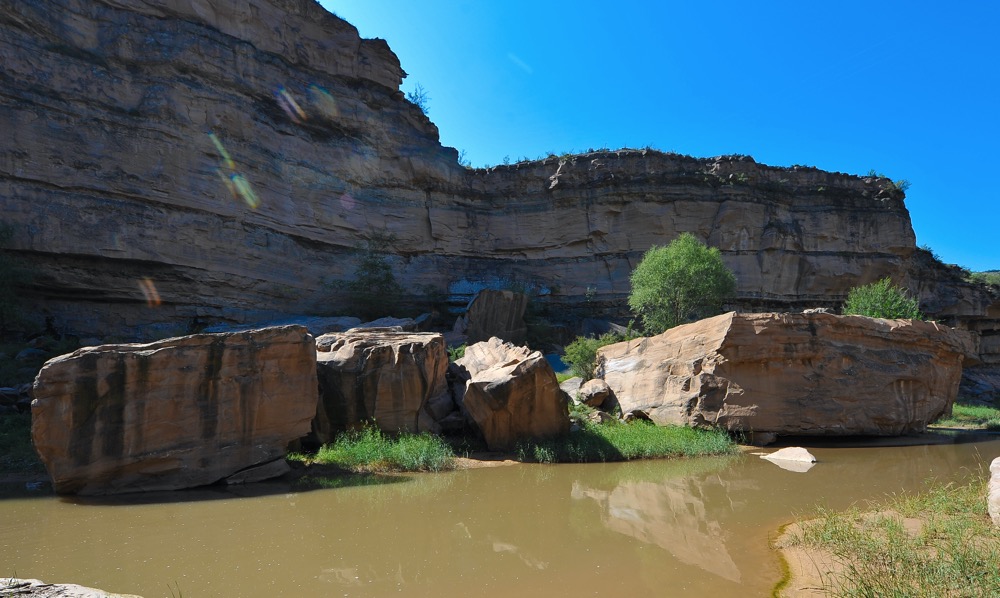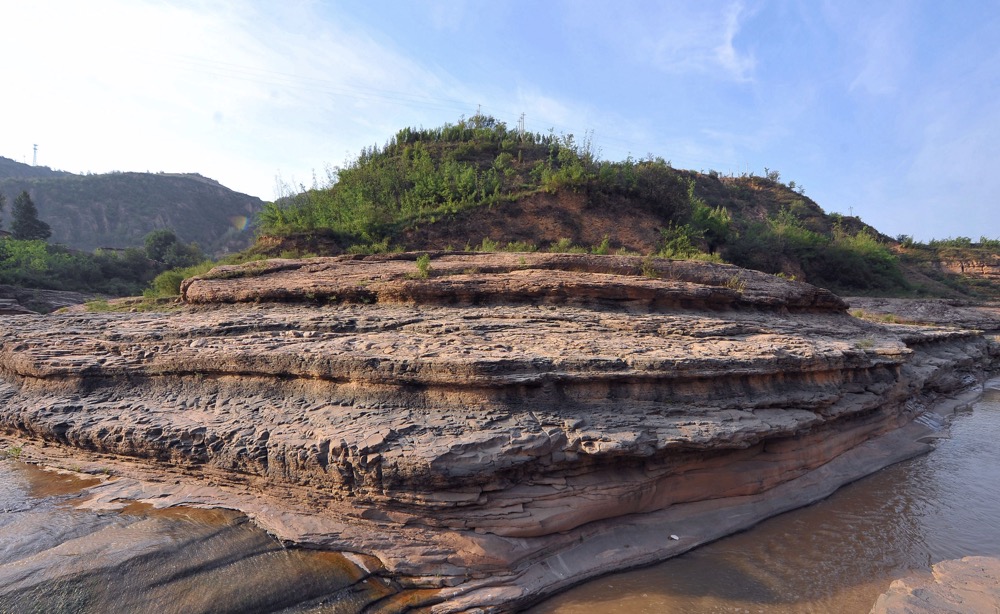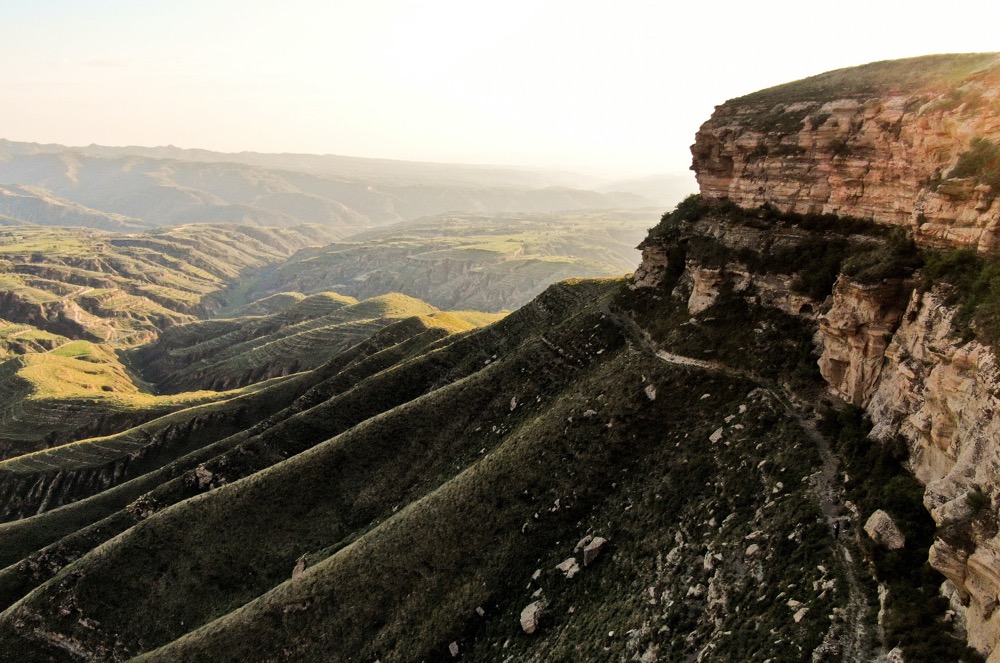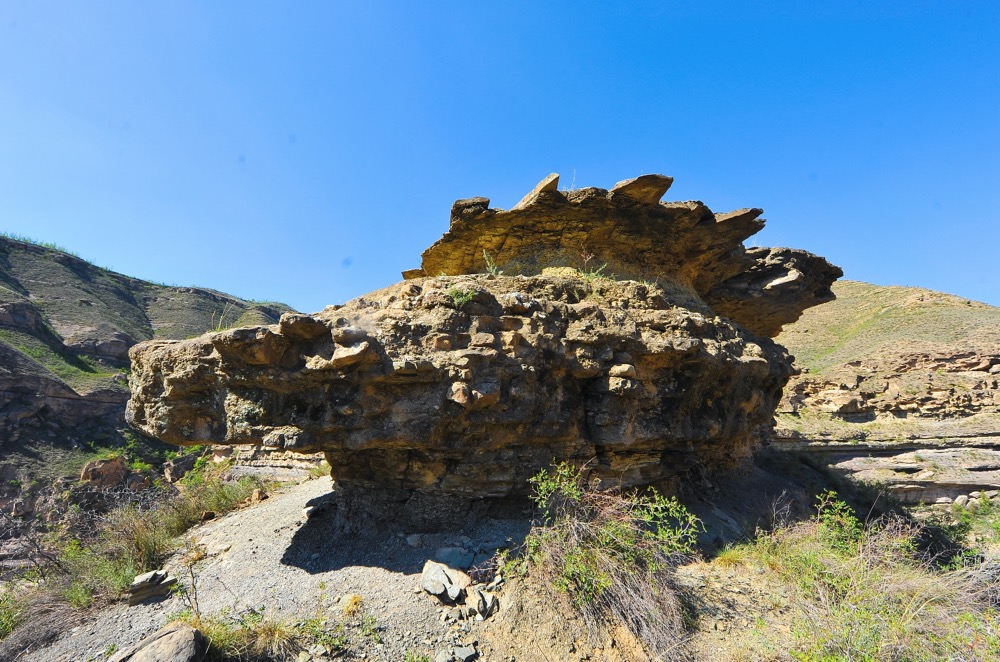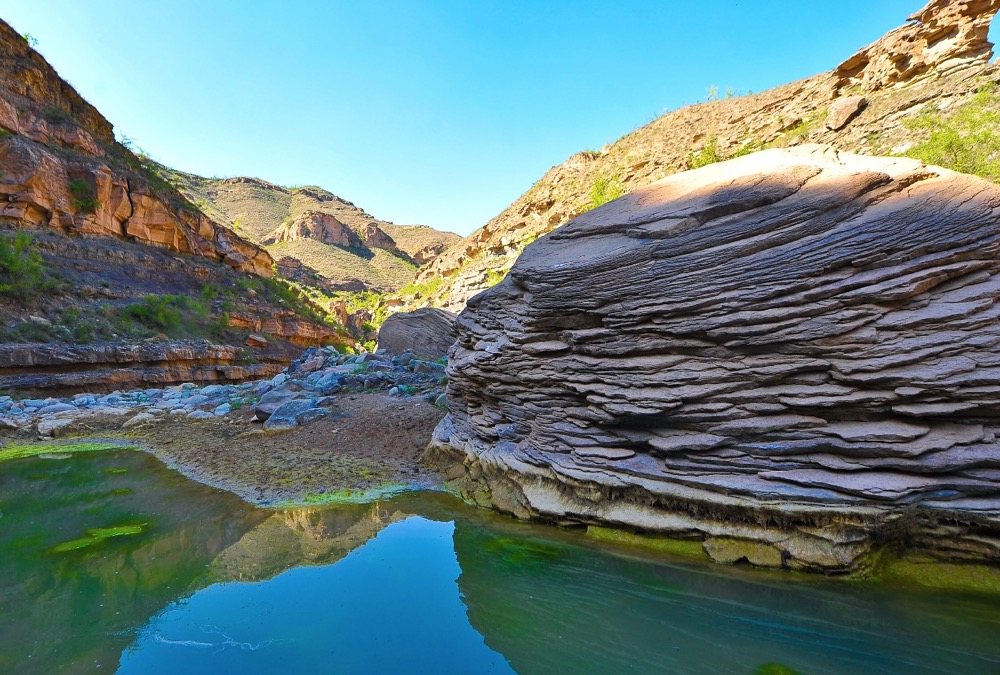The typical scenery of the Yellow River Canyons is gathered here. Encapsulating of the Yellow River over a thousand years, leaving a lasting impression.
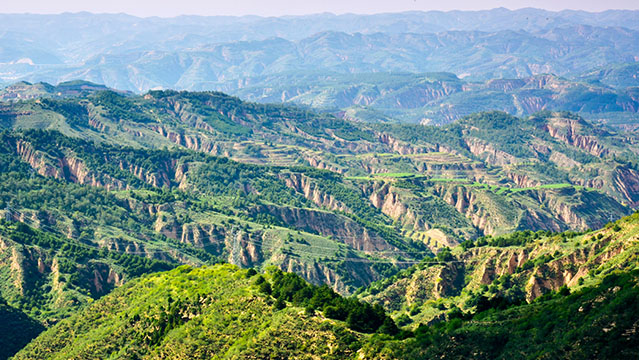
The Shanxi-Shaanxi Gorge is located at the junction of Inner Mongolia, Shanxi, and Shaanxi provinces. It stretches from Tuoketuo in Inner Mongolia to Yumenkou in Hejin, spanning 27 counties and cities along the way. The total area is 111,600 square kilometers, with a length of 726 kilometers, a drop of 607 meters, a riverbed width of 200 to 400 meters, and a river valley depth of 300 to 500 meters. The cliffs along the banks are steep, with the Yellow River rushing through them.

The writer Liu Xingliang once said that the Shanxi-Shaanxi Gorge is the condensed Yellow River. A tumbling river, a howling waterfall, rumbling sounds, sorrowfully and mournfully-I believe every Chinese is very familiar with this picture: that river is the Yellow River, and that waterfall is Hukou Waterfall; Dayu got into difficulty during water treatment, and Dayu’s wife flew to ward off the falling rocks to save her husband . Dayu was saved, but his wife was changed into a mountain on the bank of the Yellow River. Offspring called the mountain as "Mother Peak", which is located in the ancient town at the three junction of the Yellow River.
The two classic images of the Yellow River mentioned above are from the same gorge,that is, the Shanxi-Shaanxi Gorge of the Yellow River. The "Hukou Waterfall" as the symbol of the "national soul" is located in this gorge and "Mother Peak" as the symbol of the "Mother River" is also in this gorge. What Yellow River has witnessed is a history of the reproduction of the Chinese nation. Whether she wants it or not, the Chinese with cultural heritage will spontaneously pour their emotions into her.
Although there are also famous gorges along the Yellow River such as Longyang Gorge, Jishi Gorge, Liujia Gorge, Hongshan Gorge, Qingtong Gorge and Sanmen Gorge, they are all divided by a series of wide valley basins. Only Hekou Town in Inner Mongolia Autonomous Region to Yumenkou in Shanxi Province forms the longest continuous gorge on the main stream of the Yellow River, that is, the Shanxi-Shaanxi Grand Gorge. The Shanxi-Shaanxi Gorge is a geological landscape formed under the combined actions of the motion of the earth's plates and the erosion of the surface water, as if it had the ground veins firstly, and it integrates the most typical Yellow River features in one.
The four seasons here are shocking and vigorous everywhere: spring comes with the flowing ice of the Yellow River, like ten thousands of galloping horses; summer comes with the uncovered Yellow River, like terrifying waves; autumn comes with the Yellow River earth screaming like a big drum; winter comes with the Yellow River ice raft, like a dancing silver snake. However, primitiveness and wildness are only one side of the Shanxi-Shaanxi Gorge. Looking at the gorge about a hundred meters deep from the high place, the Yellow River floats from the sky like a yellow silk, and the white waves on the river are like pearls and jades interspersed among silk ribbons. This kind of scenery reminds people of Liu Yuxi’s "Waves Washing Sands": "The nine-bending Yellow River stretches with ten thousands of miles of sands, and the waves are washing and wind is floating from the skyline. Now I go straightly to the Milky Way and together go to the home of the Cowherd and the Weaving Maid." The magnificent Yellow River Gorge turns out that it can make people experience such tenderness.
This gorge is also a humanistic landscape formed under the combined action of a long history and profound culture. It is a historical clue that condenses the Yellow River civilization and dignified loess culture for thousands of years. It is so memorable and soul-stirring: Yao, Shun, Yu, Jia Rang, Zhang Rong, Wang Jing, Sima Fu, Ouyang Xiu, Sima Guang, Wang Anshi and other celebrities through ages came from here. The centuries-old sayings of "even if one jumps into the Yellow River, one can’t clear one’s name" and "one will not stop until one has reached the Yellow River" came from here. The famous poems of "Yellow River comes from the west to duel with Kunlun, roaring thousands of miles and touching the Dragon Gate" came from here. The vivid paper cuttings, gorgeous peasant paintings, and sonorous Xintianyou came from here...
As the loess hills and gully are covered with sediment, the amount of incoming sand from the Shanxi-Shaanxi Gorge actually accounts for 56% of the entire Yellow River. Although its drainage area is only 15% of the Yellow River, it can be said that the real "Yellow River" was formed here, with deep torrents jumping up like flood dragon and turbid waves emptying out, and the typical features of the Yellow River Gorge are all gathered here. Li Bai said that "Yellow River comes from the west to duel with Kunlun, roaring thousands of miles and touching the Dragon Gate", just to point out that the Shanxi-Shaanxi Gorge reached its final climax here. The ancient town of Mengmen, one of the famous ancient towns in the Shanxi-Shaanxi Gorge, is located next to the Hukou Waterfall in Ji County, Shanxi Province.

